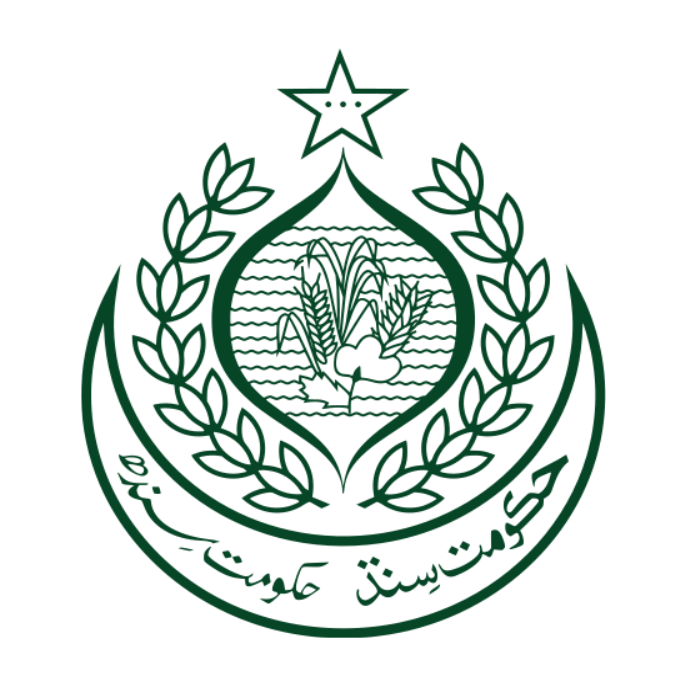Home » DG’s Message
DG's Message

Syed Salman Shah
The geographic location and climatic conditions of Sindh Province render it vulnerable to various natural disasters. These include floods, cyclones, drought, windstorms, heat waves, sea intrusion, earthquakes, and tsunamis. In addition, the geography, topography, nature of the economy, rapid urbanization, and high population levels exacerbate Sindh’s vulnerability to natural disasters. Climate projections indicate an increased frequency and intensity of extreme climate events adversely affecting livelihoods, agriculture, forestry, and biodiversity in Sindh province. Sindh faces one of the most daunting climatic challenges in the world and it is predicted to be the most vulnerable hotspot in terms of the impacts of temperature and precipitation changes on life.
Natural hazards are unavoidable phenomena, and when hazards interact with poor human development settings, it turns out as disaster. Disasters affect humans, agriculture, housing, health, education, and infrastructure and pose negative impacts on development progress, because, development resources are diverted to relief and rehabilitating efforts. Disaster Risk Reduction (DRR) aims to avoid, reduce or transfer the adverse impacts of hazards on people, property, and the environment through activities and measures. It is the systematic process of using administrative directives, organizations, and operational skills and capacities to implement strategies, policies, and improved coping capacities to lessen the adverse impacts of hazards and the possibility of disaster.
For proactive disaster management, Provincial Disaster Management Authority Sindh seeks to enhance the capacity of the province to prevent and manage disasters and to improve livelihood in society through adopting constructive disaster management plans and social mobilization. Structural and non-structural initiatives are taken up including improved service delivery, early warning dissemination mechanisms, departmental augmentation, the inclusion of communities in disaster management, and other capacity development initiatives. Various other disaster management and risk reduction initiatives are in progress to shape paradigm shift in disaster management of the Province. Social, economic, and environmental sustainability will be achieved through effective disaster management strategies and plans.
I believe disaster management is a collective and all-out effort by all segments of life. Smaller but more holistic steps towards disaster risk mitigation and the reduction will lead us to a safer Sindh. I urge all stakeholders to consider disaster management as a development issue and embed disaster risk reduction at grass root levels to assure a resilient environment for the people of Sindh in which the impact of hazards would not hamper routine life. With joined hands, we can ensure sustainable development in the province.


